Recessed lighting is a type of light fixture that is installed into a hollow opening in the ceiling. Sleek and minimalistic, these concealed light fixtures blend seamlessly into the ceiling, making them ideal for a clean, modern look.
Recessed lighting is aesthetically pleasing and functional, providing ambient and task lighting for any room. But what are the types of recessed lighting, and where are they used? Let’s discuss recessed lighting in detail, including its types, how to choose recessed lighting, and more.
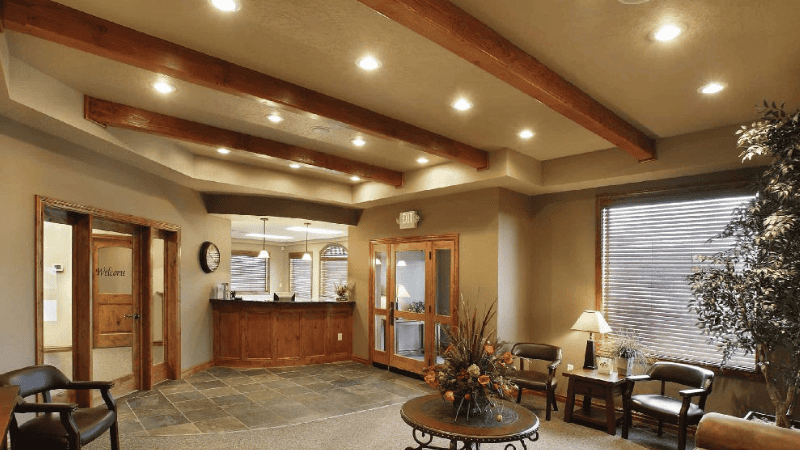
What Is Recessed Lighting?
Recessed lighting, often known as can or pot lighting, is an elegant design choice that directly integrates lighting into the ceiling. Unlike surface-mounted fixtures, these lights are installed above the ceiling line, with only the trim and the bulb visible.
They provide a sleek and unobtrusive lighting solution that enhances the sense of space by reducing visual clutter, perfect for achieving a minimalist aesthetic in a home or business setting.
Types of Recessed Lighting
Below are the types of recessed fixtures and types of trims:
Different Types of Light Bulbs
We’ll explore the various types of light bulbs, each type offers unique benefits and is suited to different applications.
1. LED Light Bulb
LED light bulbs are the most energy-efficient option for recessed lighting, consuming significantly less power than incandescent or fluorescent bulbs. They also have a longer lifespan, providing cost savings in the long run.
2. Incandescent Light Bulb
Incandescent light bulbs are the traditional choice for recessed lighting and offer warm, yellow-toned lighting. However, they are less energy-efficient and have a shorter lifespan than LED bulbs.
3. Fluorescent Light Bulb
Fluorescent light bulbs provide bright, white light and are more energy-efficient than incandescent bulbs. They can be a good choice for kitchen or home office task lighting.
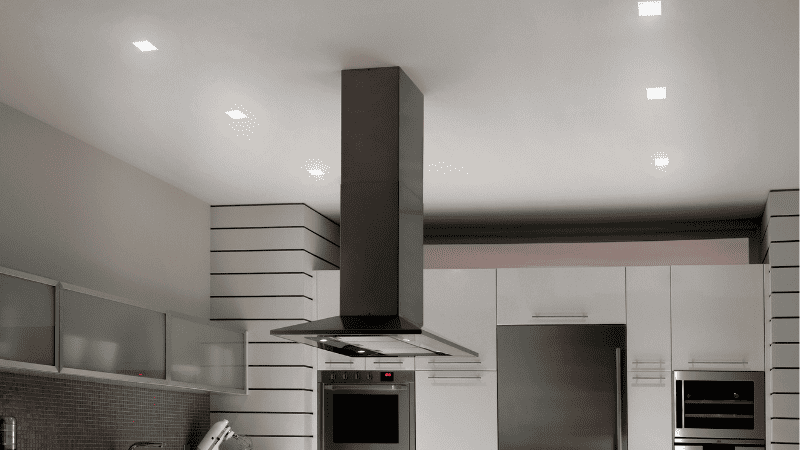
Different Types of Recessed Light Trims
The right trim can transform the functionality and style of your lighting setup.
1. Reflector Trim
Reflector trims, also known as eyeball trims, have a movable reflector inside that allows you to change the direction of light. This type of trim is often used for task lighting or directional accent lighting, such as illuminating a specific area on a countertop or artwork on a wall.
2. Open Trim
Open trims are the simplest form of recessed lighting trims. They provide an unobstructed opening that allows light to shine straight down, offering a clean and straightforward aesthetic. For general room lighting, open trim is versatile and often used in living spaces, hallways, and bedrooms.
3. Adjustable Trim
Adjustable or gimbal trims allow you to direct light toward a specific area or object, such as artwork or furniture. This flexibility makes adjustable trim an excellent choice for accent lighting or highlighting architectural features within a space.
Ask For Free Quote
Let us Respond Promptly for your Needs :)
4. Wall Wash Trim
Wall wash trims feature a shield on one side to direct and diffuse light toward a wall, evenly illuminating it from top to bottom. This type of trim creates a gentle, cascading effect perfect for showcasing wall textures or highlighting displayed items such as bookshelves or art.
5. Baffle Trim
Baffle trims are distinguished by their ribbed inner surfaces that reduce glare and provide a comfortable lighting atmosphere. They are particularly well-suited for areas where you want a softened light effect, like living rooms and bedrooms.
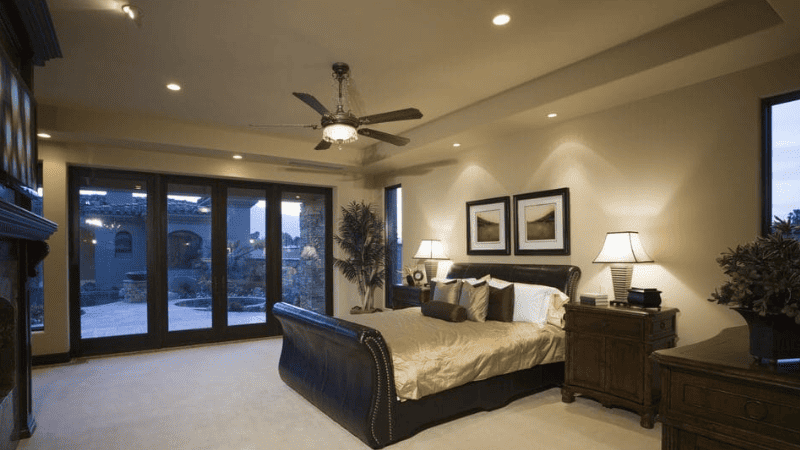
Factors to Consider Before Choosing Recessed Lights
Embarking on the journey of selecting recessed lights for your space requires careful consideration of several crucial factors.
1. Remodel Fixtures vs. New-Construction Housings
There are two types of recessed lighting fixtures: remodeled and new construction. Remodel fixtures are designed to be installed into existing ceilings, making them ideal for renovations or retrofits.
On the other hand, new construction housings require access to the ceiling joists during installation and are typically used in new builds. Choosing the right type of fixture for your specific needs is essential.
2. Can vs. Can Less Lights
Can lights refer to recessed lighting that requires a can or housing unit for installation, while can-less lights are self-contained and do not require a separate can.
Can-less lights offer a more streamlined installation process but may not be as versatile in design options. So, before you choose between can and can-less lights, consider your design preferences and the complexity of your installation.
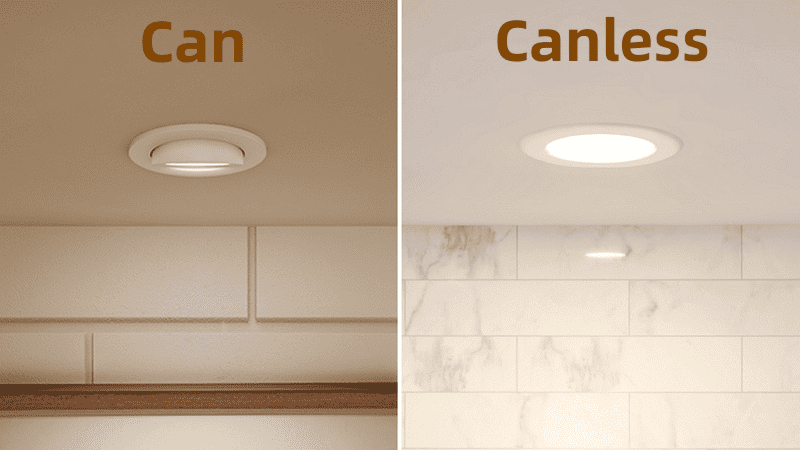
3. Lighting Feature
When selecting recessed lighting, several features must be considered to ensure you achieve the desired effect within your space. Here are the key features:
- Size: The size of the recessed lighting plays a critical role in how it will illuminate a room. Common sizes range from 4 to 6 inches in diameter, with larger sizes providing a broader light spread. Consider the size of your room and the height of your ceilings when choosing the size of your recessed lighting fixtures.
- Color Temperature: Color temperature is measured in Kelvins and affects a space’s mood and functionality. Lower Kelvin values produce a warmer, yellowish light, while higher values produce a cooler, bluish light. Color temperatures in the middle range offer a neutral white light.
- IC and AT Rated: IC (insulated ceiling) and AT (airtight) rating are essential features to consider if you plan on installing recessed lights in insulated ceilings or areas with insulation. These ratings ensure the fixtures can be safely installed without causing fire hazards.
4. Cost
Before you choose recessed lighting, it’s essential to consider your budget. LED bulbs may be more expensive upfront but offer significant energy and cost savings in the long run.
Moreover, different types of trims and features can affect the overall cost of your recessed lighting installation. Consider your budget and prioritize which features are most important to you.
5. Placement and Spacing
The placement and spacing of recessed lighting can greatly impact a space’s overall look and functionality. Typically, recessed lights should be placed about 6 feet apart for general room lighting, but this can vary depending on the size of the room, ceiling height.
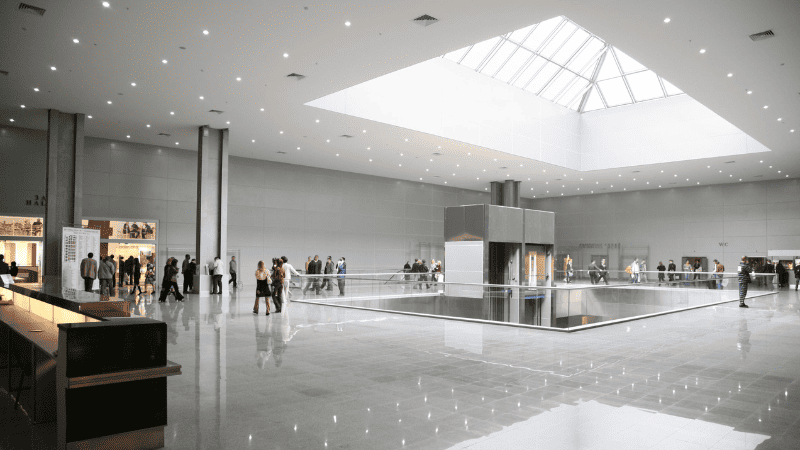
How to Choose the Right Recessed Lighting?
Choosing the right recessed lighting for your space is an art that blends functionality with aesthetics, transforming ordinary rooms into inviting environments.
1. Application
One of the first considerations when choosing a recessed light bulb is the application and the room or space the lighting is intended for. Here’s how recessed lighting can be used in various parts of the home:
- Kitchen: Recessed lighting can be strategically placed to provide ample illumination for food prep and cooking areas.
- Living Room: In living areas, recessed lighting can create a warm and inviting atmosphere, accentuate key features like fireplaces, and offer general ambient lighting.
- Bathroom: For bathrooms, recessed lighting needs to be moisture-proof and bright enough for tasks like shaving or applying makeup.
- Hallways: In hallways, recessed lights can provide even illumination that guides movement through the space.
Ask For Free Quote
Let us Respond Promptly for your Needs :)
2. Dimming Capabilities
Having the option to dim your recessed lights can greatly enhance the ambiance of a room and allow for flexibility in lighting intensity to suit different occasions and times of day. Look for lights with compatible dimmer switches and consider whether they will work with your existing electrical system.
3. Ceiling Height
The height of your ceiling can impact the type and placement of recessed lighting. Higher ceilings may require more powerful lights or additional fixtures to achieve optimal lighting, while lower ceilings may work best with smaller, less intense lights.
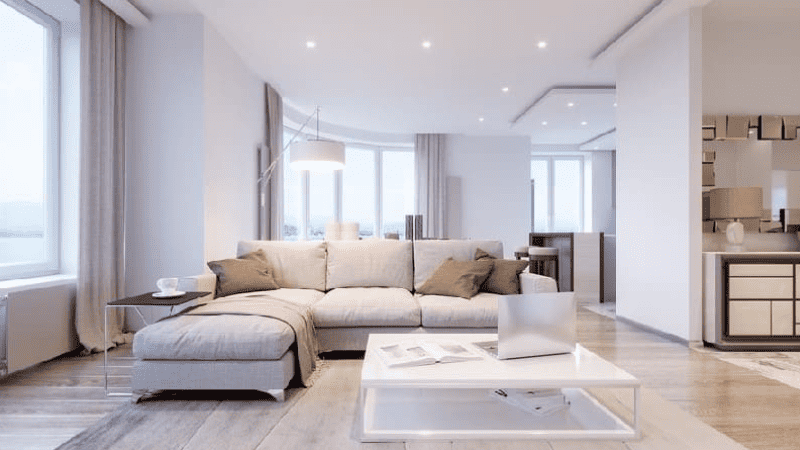
4. Style Preferences
Recessed lighting comes in various styles and finishes, from modern to traditional. Consider how your chosen recessed lighting fixtures will complement your space’s decor and style.
5. Energy Efficiency
Opting for LED bulbs can significantly increase energy efficiency and lower long-term costs. Look for Energy Star-certified recessed lights that meet strict energy consumption standards.
FAQs
What Is the Difference Between Can Lights and Recessed Lights?
Can lights refer to recessed lighting requiring a separate can or housing unit installation. However, recessed lights without cans are self-contained and do not require additional housing. Can-less lights may offer a more streamlined installation process but may be limited in design options.
Are Can-less Recessed Lights Better?
Can-less recessed lights aren’t necessarily better—they’re just different. Depending on your situation, can-less options could make your installation a breeze since you won’t need to install a separate housing.
Also, they can look sleek and are often a good fit for modern aesthetics. However, they may not have the same design options as can lights and could be more expensive.

Conclusion
Recessed lighting offers a versatile and modern way to light up your home. With various features, styles, and types available, it’s important to consider all the factors and choose the right recessed lighting for your specific needs.
By carefully planning and considering key factors such as application, budget, and design preferences, you can achieve the perfect LED recessed lighting solution for any room in your home. No matter which type of recessed light you choose, recessed lighting will provide functionality and style to enhance your living space.
RC Lighting Helps You Upgrade Your Space with Perfect Recessed Lighting
Are you ready to upgrade your home with recessed lighting? With the information provided in this guide, you can now confidently choose the right recessed lighting for your space. But where to buy the best-recessed light fixtures?
At RC Lighting, we offer a wide selection of high-quality recessed lighting solutions for all your residential or commercial lighting needs. From energy-efficient LED options to stylish and modern designs, we have everything you need to upgrade your space. Explore our OEM service option for customized lighting solutions, or contact us to learn more about our products and services.



